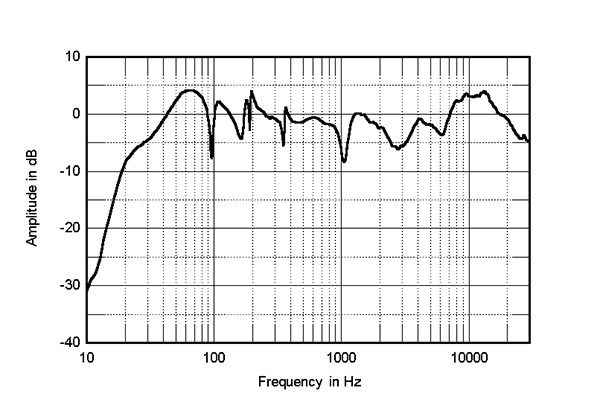And re the bass eq you speak of is available in the Sub 3 starting at $3k….
Disclaimer - i have Treo CT / sub 3 and 7 mk 2
What if a high end speaker measures really badly?
You know, it's true that I feel listening is more important than measurements and that it's generally difficult to really tie together measurements with pleasure. Below 0.05% THD do I care? No I do not. I really don't care. The number tells me nothing about whether I'd like the amp more or not anymore.
In this one memorable review for the Alta Audio Adam speaker, I really felt shivers go up my spine when I looked at the measurements, especially at ~$20kUSD. This looks like an absolute hot mess. Does it sound this bad though? I certainly don't have the $20K to test that out myself. What do you all think?

@erik_squires oh you're right, DSP doesn't/can't really fix "nulls" (I guess actual EQ in general isn't great at this to a degree). |
My take: Without prejudice to the fact that I am currently a card-carrying HARBETH disciple with their famous class-leading flat frequency response curve that measures in the top tier ….. and their best of breed midrange …… Just Fuhgeddaboud about all the textbook graphs and like shite, and just refer to your ears and senses in real life experiences. For example: In 1970, JBL released the iconic L100 Loudspeaker. Over the years, the L100 became the bestselling loudspeaker in JBL’s history. These were rock recording studio monitors with a roller-coaster and sine wave frequency response graph …..and everybody loved them. Their easily identified sound, the so-called West Coast sound, was once a highly touted marketing feature. |